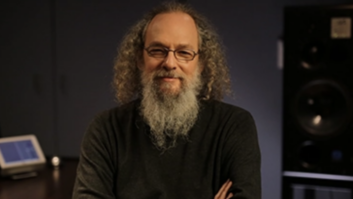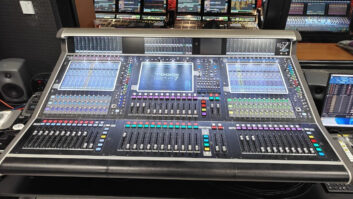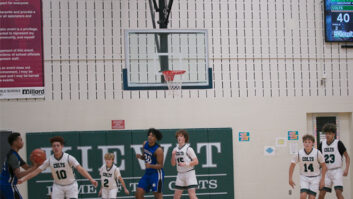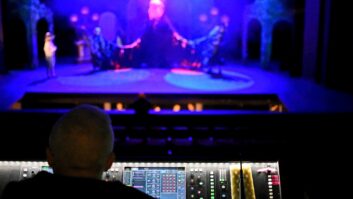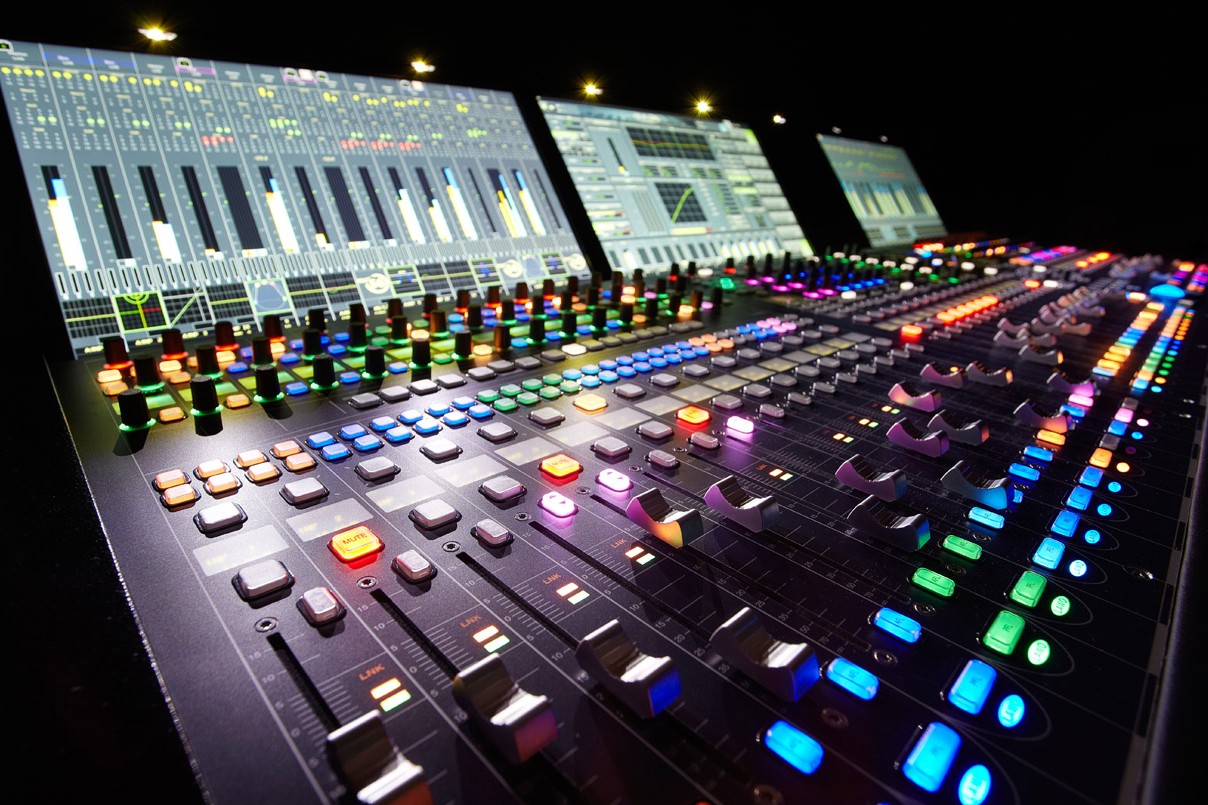
Mixing consoles are at the heart of many sound reinforcement and live performance applications – shaping the sound and distributing it where it is needed. Here’s a selection of what’s currently on the market:
Lawo’s mc²
With audio applications in fixed installation environments – such as theatres, concert halls, opera houses and trade fair control rooms – becoming more and more demanding, consoles that were originally developed with broadcast applications in mind can sometimes meet these venues’ evolving needs. According to Lawo, this is certainly the case for the mc266 console and its more compact sibling the mc256, which have found application in areas beyond the broadcast sphere.
The two consoles offer a wide range of customisation options and come in different frame sizes, with various DSP power and routing capacities as well as different redundancy levels.
Roland’s M-480
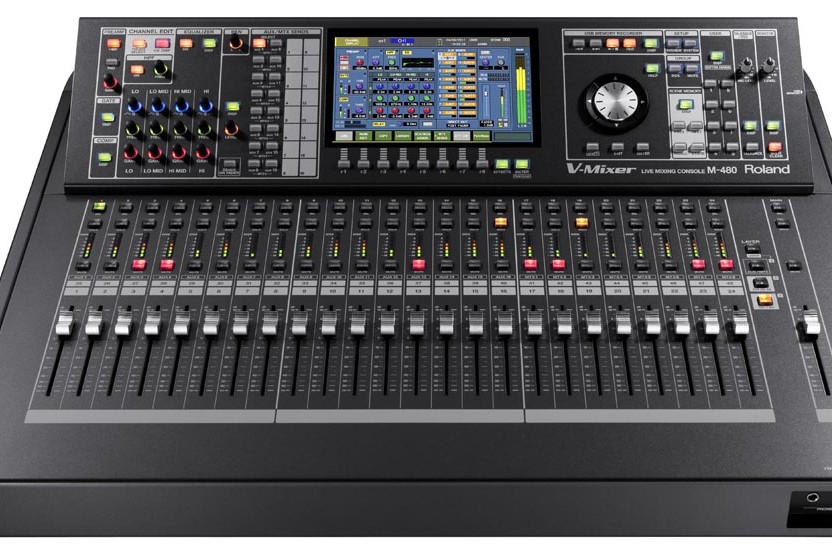
Roland System Group’s flagship M-480 digital console incorporates a newly developed mixing engine, which provides a four-band fully parametric EQ, gate, compressor, and delay on each input channel. It features 48 mixing channels plus six stereo returns for a total of 60 channels, six built-in stereo (dual-mono) multi-effects and 12 graphic EQs (switchable to 8-band PEQs). There are 214 possible patch points with 90 discrete outputs.
Soundcraft Vi3000
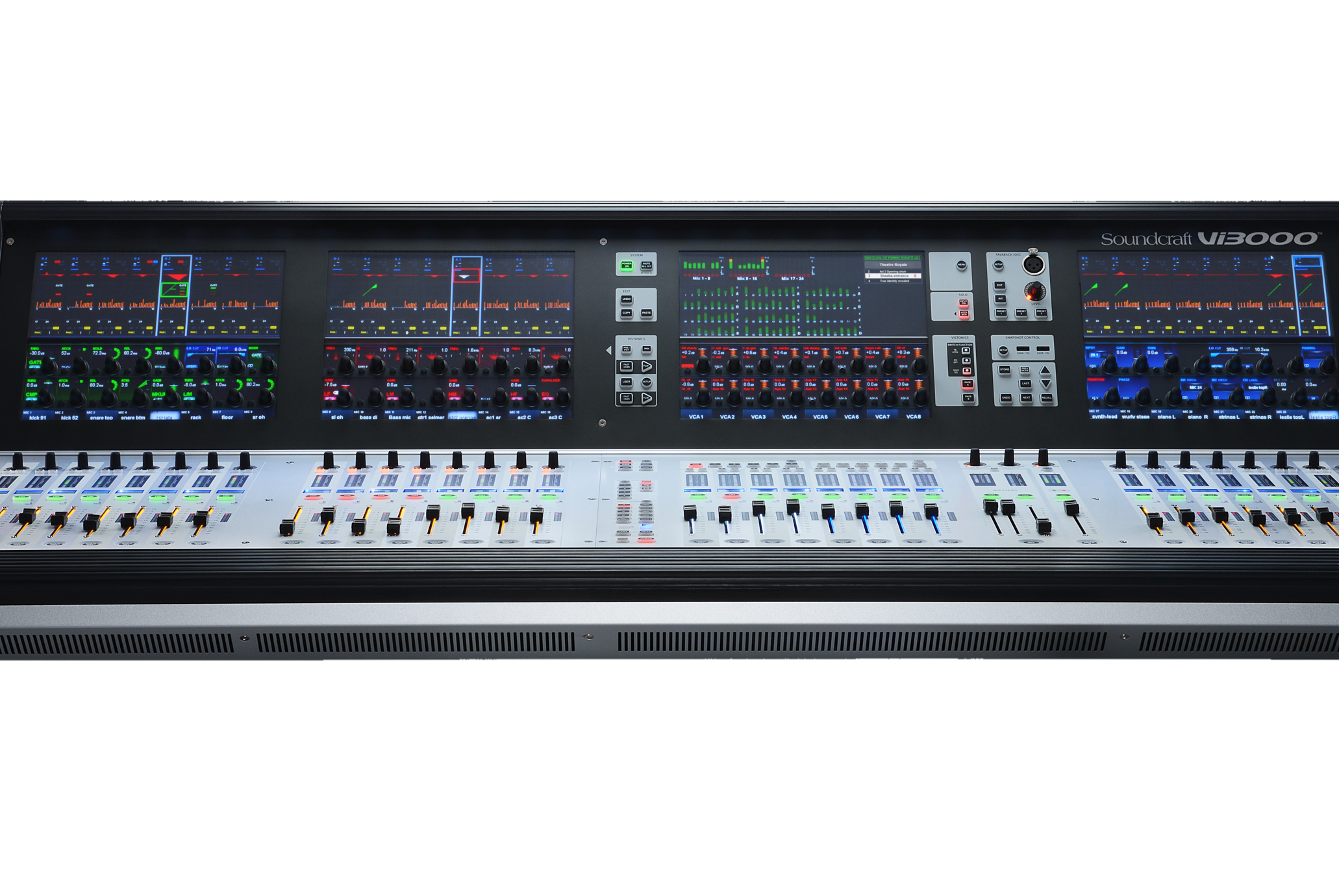
Soundcraft recently launched the latest model in the Vi series of digital mixing consoles. The self-contained Vi3000 is the first in the range to incorporate Harman Studer’s SpiderCore 96-channel DSP engine. Up to 48 mic inputs and 16 line outs are built in to the system, minimising the console’s footprint and allowing for simple installations at venues with existing infrastructure based on copper multicore.
Designed for install, corporate AV and live touring applications, the console features another first from Soundcraft: a built-in 64-channel Dante interface, which opens up options for direct recording/playback via Ethernet connection to PC- or Mac-based software.
Yamaha’s CL Series
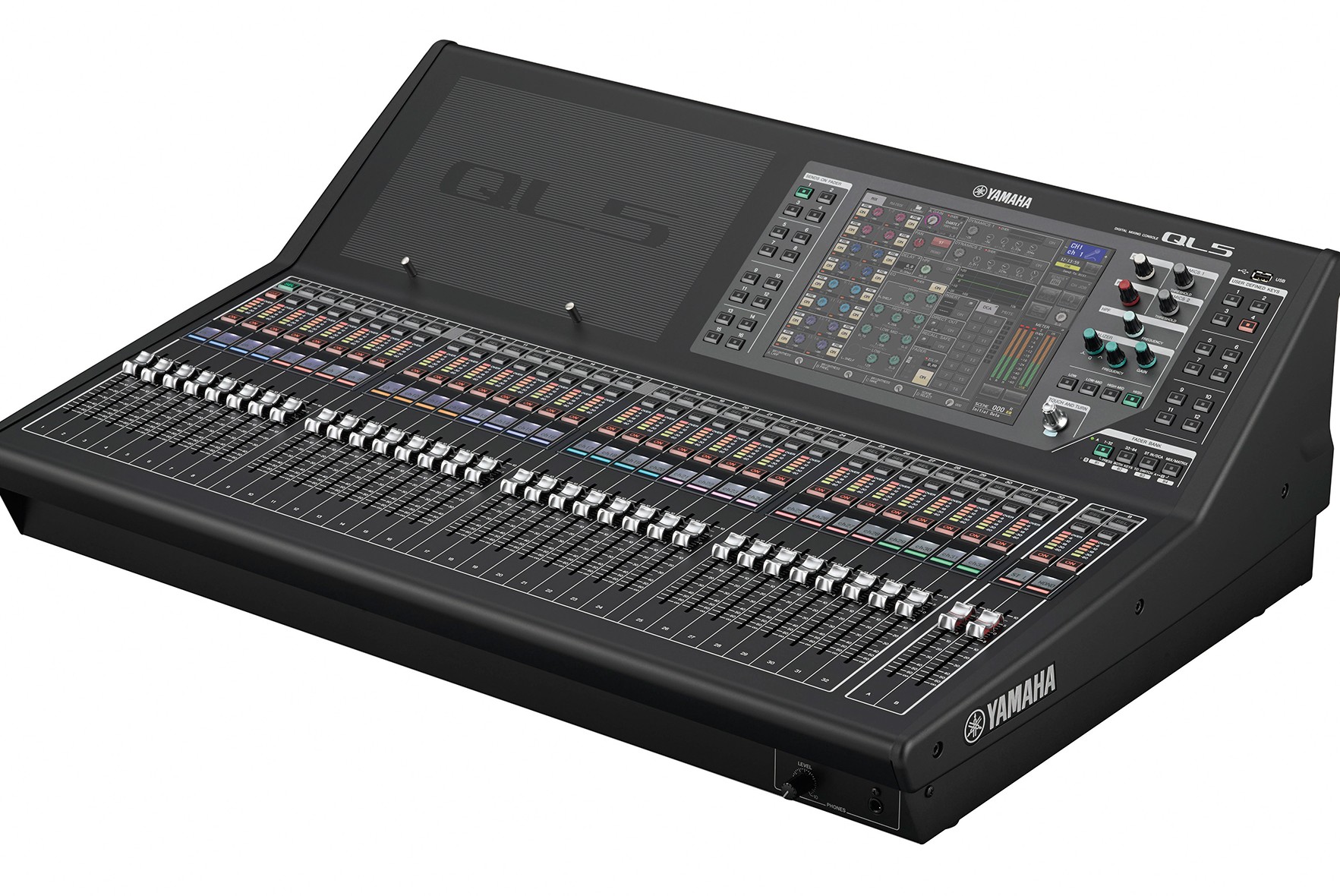
Boasting virtually all the features of the industry-leading CL series digital consoles in a very compact form, the Yamaha QL1 and QL5 are said to be ideal for small to medium-sized productions on their own, thanks to their onboard input/output connections. However, in addition, onboard Dante networking means they can be seamlessly integrated into bigger systems with Yamaha’s CL series and R-series I/O units. And, with the availability of a new Port-to-Port facility, CL series consoles can have full access to the QL’s onboard I/O, complete with Auto Gain Compensation, allowing very precisely scalable audio solutions to be created.
With Dan Dugan auto-mixing provided onboard, QL consoles are said to be perfect for a wide range of live applications – whether music- or speech-based or a mixture of both.
Allen & Heath’s iLive
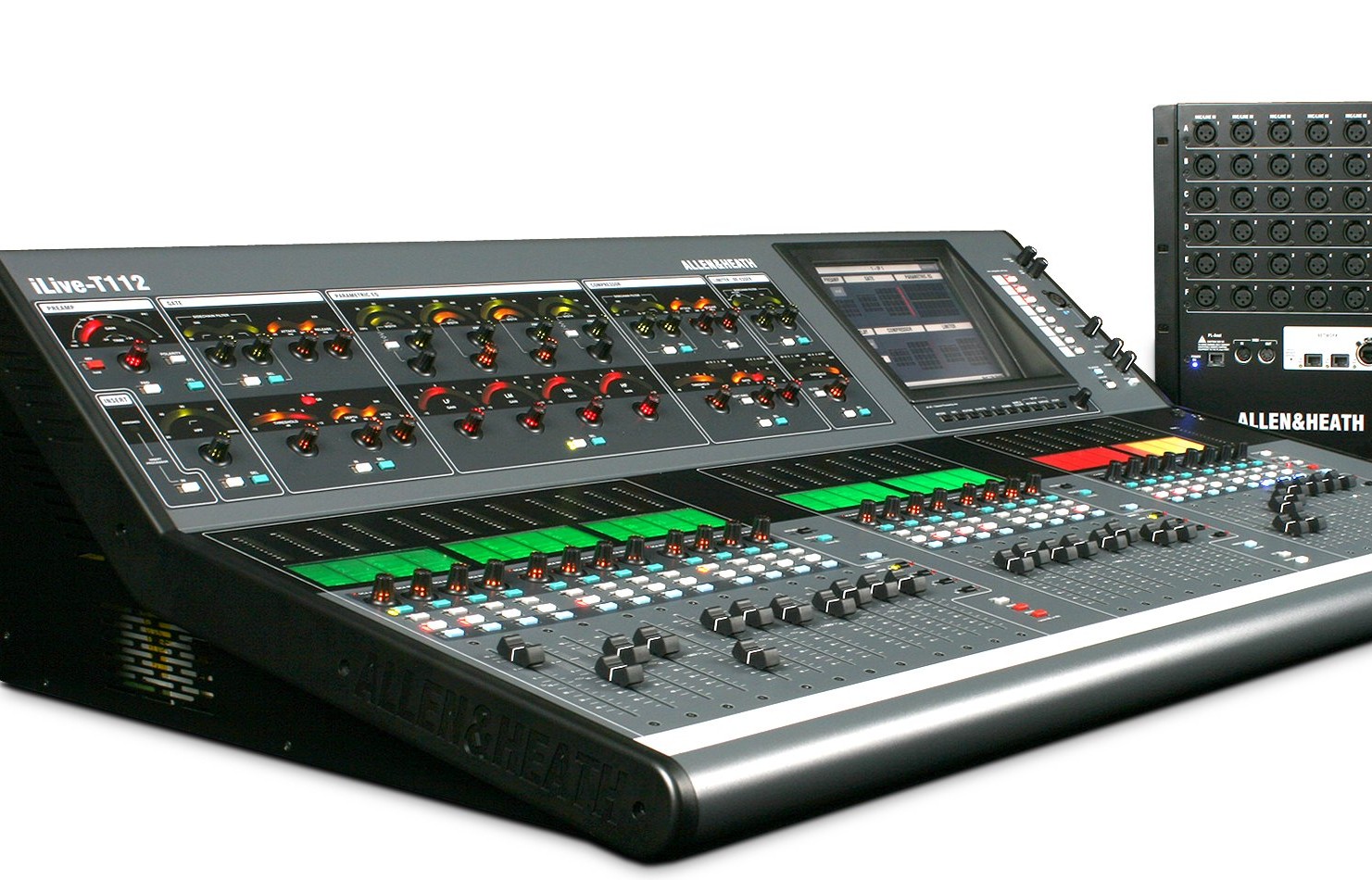
The iLive system from Allen & Heath incorporates remote features to address challenges faced by FOH systems operators, who don’t always have the best position in a performance space. Made up of six MixRacks and seven mixing surfaces, the iLive family is suitable for multiple applications, from theatres and HoW to live venues and broadcast applications.
Apart from the inherent features of digital mixing consoles such as in-built DSP and I/O networking control interfaces, each iLive option is equipped with the same 64 x 32 RackExtra DSP mix engine and can process 64 input channels, 32 mixes and eight stereo FX. The differences between each MixRack are, in essence, the number of physical input (mic) and output sockets, while each individual surface is distinguishable by the number of faders.
DiGiCo’s SD range
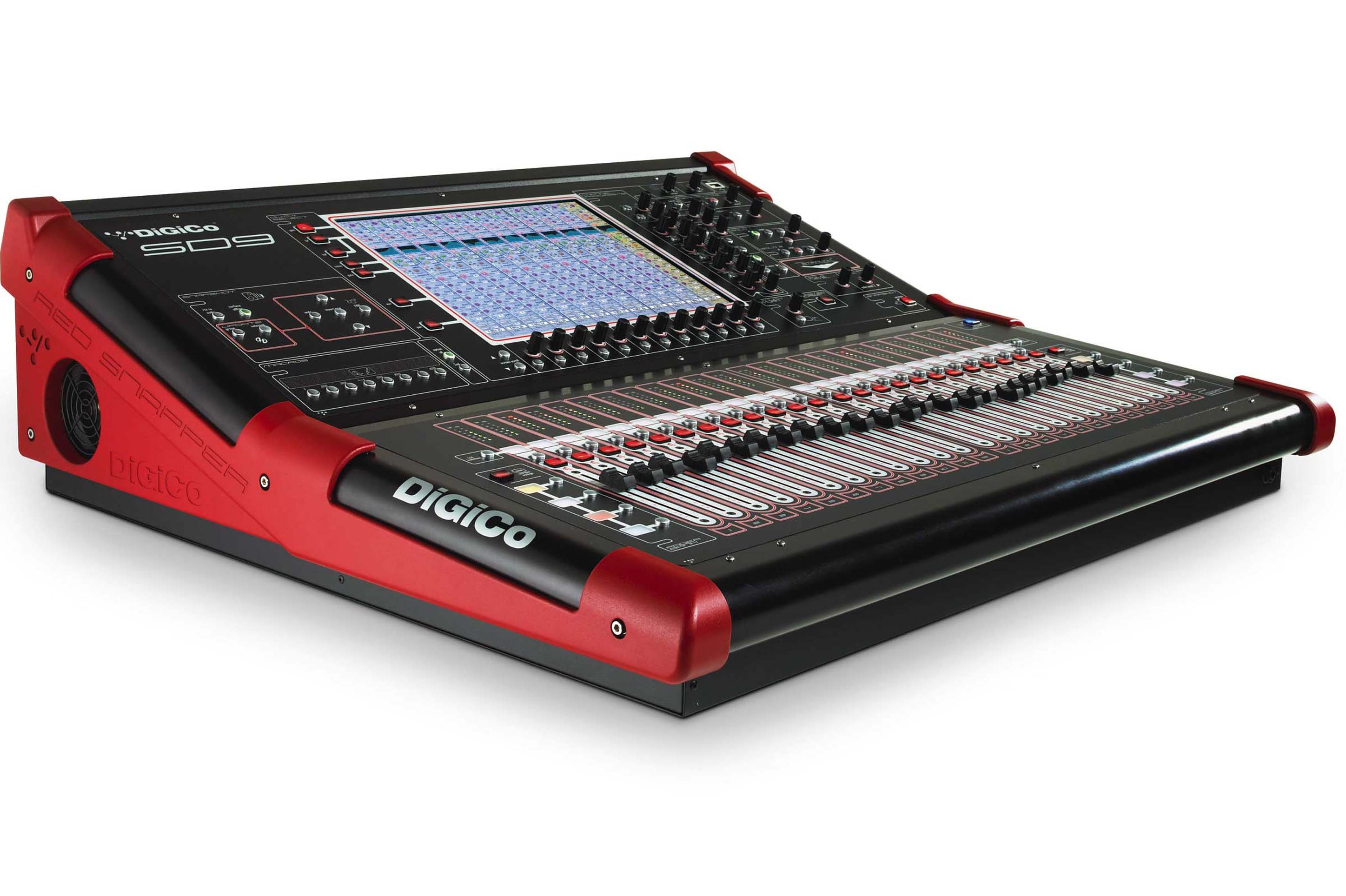
DiGiCo’s SD range is extensive and covers integration areas for live sound, broadcast and theatre applications. The SD9 and SD5 in particular have been designed for installation applications.
The SD5 is a 37-fader mixing desk laid out in banks of 12 with one master fader. It also incorporates three 15in full-colour TFT touchscreens for quicker access and multi-user applications. Other specs include two interactive dynamic metering displays (IDMs) as well as 124 processing channels at 48kHz/96kHz, 24 dynamic EQ processors, 56 configurable busses, and 24 x 24 output matrix.
Both consoles incorporate Stealth Digital Processing and have an optional DiGiCo SoundGrid module which can be fitted to the console’s engines for full redundancy when linked to two external PC servers such as SoundGrids or DiGiGrids. With this addition, users have access to 16 integrated low-latency Waves stereo Multi Racks, each of which can have eight plug-ins per rack.
Cadac’s CDC four:m
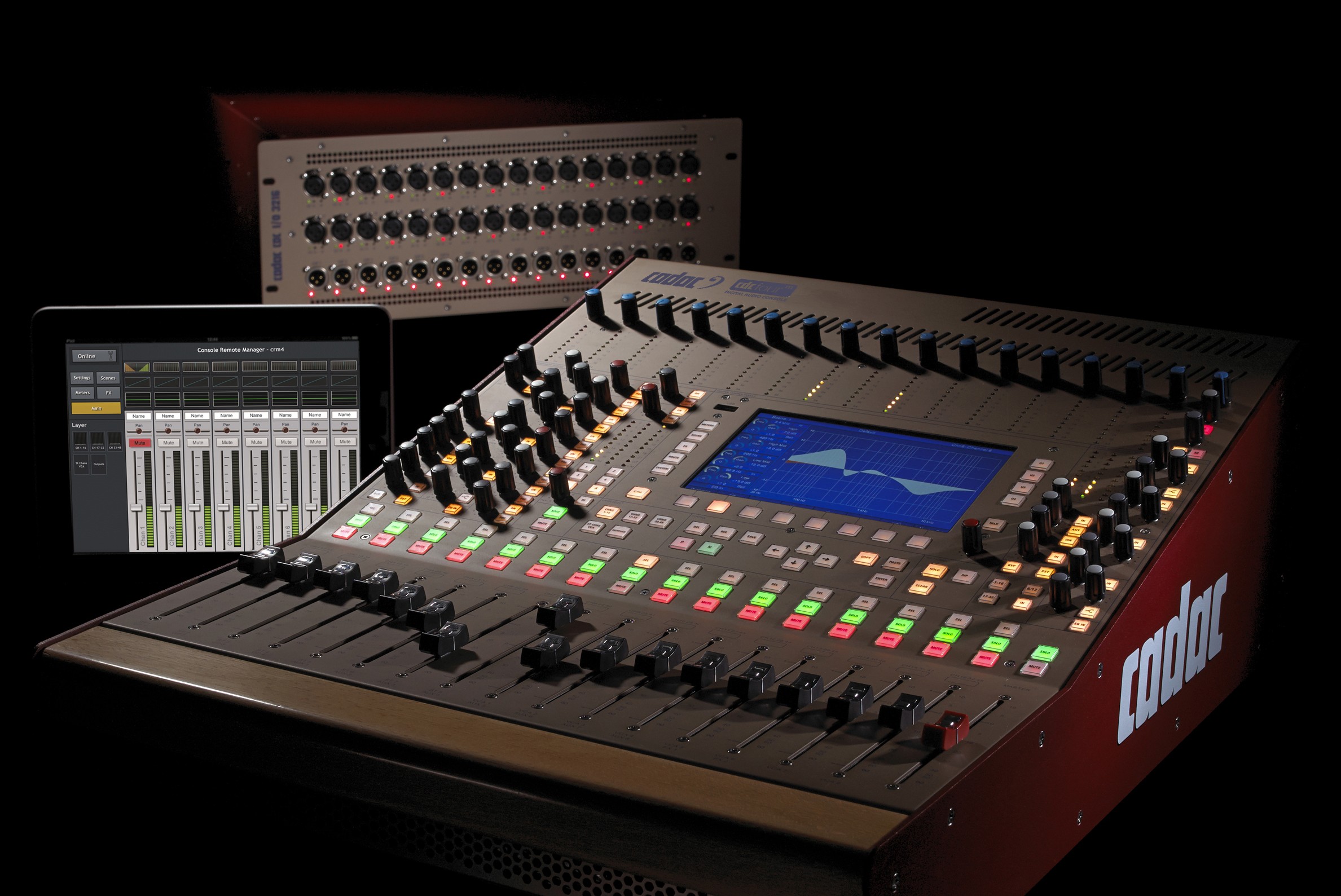
Drawing on the company’s history of designing large-scale live sound consoles, the CDC four:m from Cadac is a compact 19in rackmountable digital mixer designed for small to medium-sized installation applications.
CDC four:m features 16 mono mic/line inputs with Cadac’s mic preamplifier. Eight stereo inputs also feature, as does 96kHz/24-bit A-D conversion and signal processing throughout. Despite being an extremely compact mixer, there are options to enhance the console’s capabilities through input count expansion to 56 channels via the company’s MegaCOMMS card and a 32-in/16-out stagebox, which can be sited up to 150m away.
